October in Khairpur
It occurs to me that even the greatest floods in living memory aren’t enough to hold our interest for long.

On the opposite end of the ward, a large woman sat on a bed cradling a baby. Next to her was a young teenage girl; I realised with a start that she was probably the mother.
As I walked over, the girl looked up at me with enormous, tired eyes. She had tiny brown freckles on her nose and cheeks, and curly sun-bleached hair. She couldn’t have been a day over 15.
“How old are you?” I asked her.
“Four days,” the woman said, beaming down at the infant. The baby shifted in its sleep, bringing two fat little arms towards its chest. The girl looked over at her daughter. I looked around for a translator.
“Ask her how old the girl is,” I whispered to Dr Komal. My translator dutifully repeated the question in Sindhi to the large woman, pointing at the young girl. The woman stared at the girl and then blankly at Komal.
Maybe they speak a different dialect, I suggested.
My translator persisted. After some vigorous gesturing and exchanges in Sindhi I was told that the lady had no idea how old the girl was since she was her daughter-in-law. “She’s been with us for four years,” the woman offered.
In all this time the girl hadn’t said a word. Any attempt to speak to her was interrupted by the mother-in-law. After considerable persuasion the lady handed the baby over to the girl and was escorted by the attendants to the door. “She doesn’t understand anything,” the woman hollered back at us. “What do you want to talk to her about, anyway?”
The girl’s name was Marvi. In her very quiet voice she told us that she was brought up in a house with five sisters and three brothers in Thul, Jacobabad. There were no schools in the village she grew up in, and none in the village she moved to when she married. The baby in her lap had been delivered in a relief camp, “but my sisters-in-law all had their children at home.”
“What does your husband do?” Komal asked.
Manual labour, came the reply. She reckoned he was twenty-five years old, although she couldn’t be sure. He was much older than her in any case, and they had been married for four years now. They lived with five brothers and the mother-in-law in a one-room haveli. Four of the brothers had wives; each wife had two or three children. I scribbled the figures hastily in my notebook. “Wait, that’s 26 people in one house,” Komal said in an awed voice. Do you have any rooms or partitions? No. You all share one room? Yes. And this is your first child? The girl nodded in affirmation.
“Did it hurt, the delivery?”
From the corridor, the mother-in-law could be heard arguing with an attendant. The girl glanced at the door. “I feel a little weak, but it passes.”
“How old are you?” I asked again, quickly. Komal repeated the question in Sindhi. Marvi looked blankly at us.
“I don’t think she knows,” Komal said to me. “What else do you want to know?”
“Well, we have these community health questions to get through… was the baby vaccinated?” I asked the girl, glancing down at my checklist, looking up just in time to see her flick her palm towards the ceiling. “God knows.”
Komal asked her how many more children she wanted to have. Marvi looked down at the tiny, plump baby, and then up at Komal. I don’t understand, she said. I sighed and suggested we drop the conversation, but the doctor was adamant. Komal gently touched her shoulder and the girl turned around to face her. The doctor said something in a voice so soft I could barely hear her. The girl nodded once, slowly.
The mother-in-law came bustling in and the interview was over. We watched the girl hand the baby obediently over to the woman. My translator was lost in thought for a moment, rubbing disinfectant over her palms.
“These people don’t like it when you talk about contraception to the young girls,” said the doctor briskly as we made our way to the lunch room. “You make immediate enemies out of them. The most you can do is talk about spacing out the eight, nine kids that they’ll end up having.”
“But you said something to her, right at the end — what was it?”
Komal looked at me. “I asked her if she’ll have as many kids as her mother in law wants her to have. And she said yes.”
Returning from Khairpur, it occurs to me that even the greatest floods in living memory aren’t enough to hold our interest for more than a couple of weeks. Nor, for that matter, is the world that found itself washed up on our television screen of particular interest: malnourished kids with scabies, poverty, a province inured to the progress and wealth of the rest of the country. The truth is that the floods have done little to change the neglect and invisibility of millions of Pakistani women living out their lives as bad statistics on the human development index.
Published in The Express Tribune, November 7th, 2010.



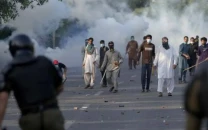

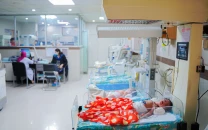
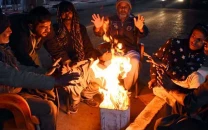
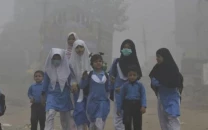

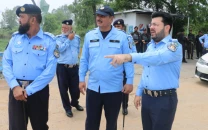
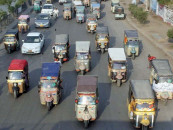








COMMENTS
Comments are moderated and generally will be posted if they are on-topic and not abusive.
For more information, please see our Comments FAQ